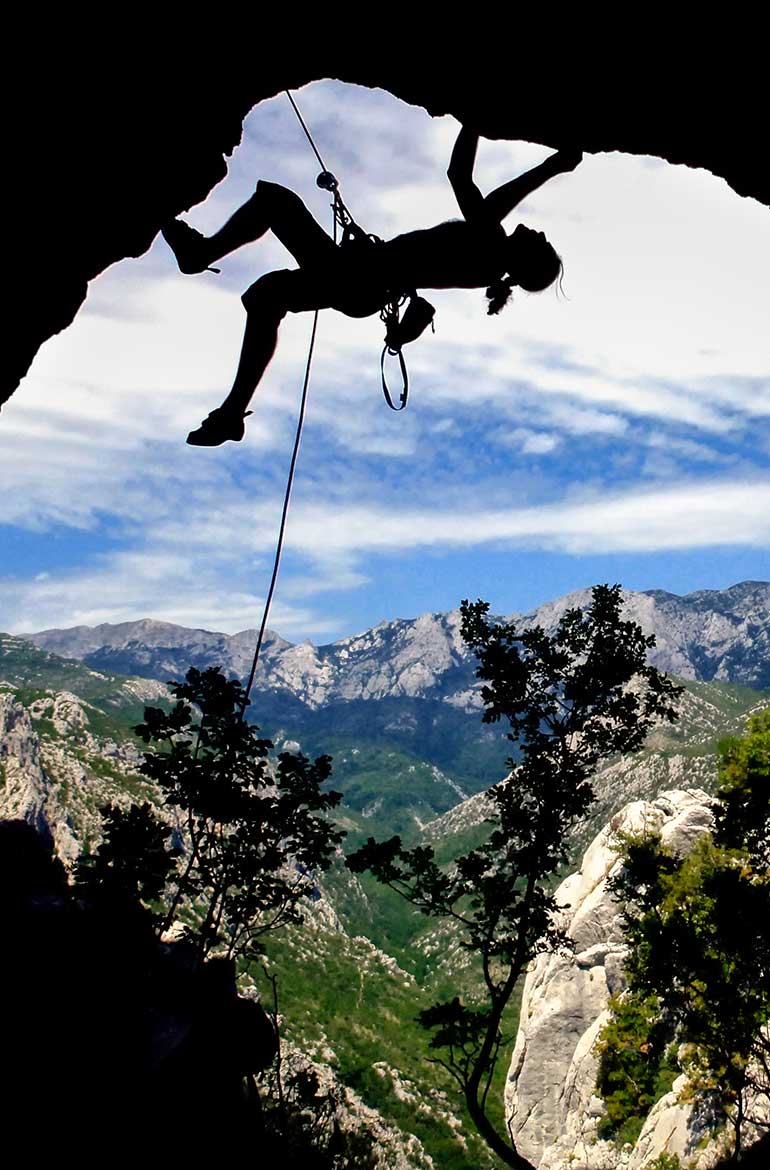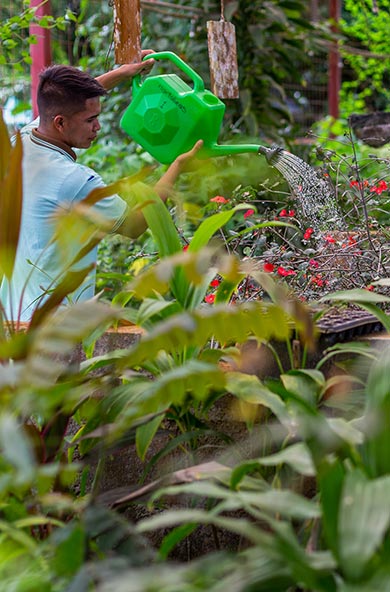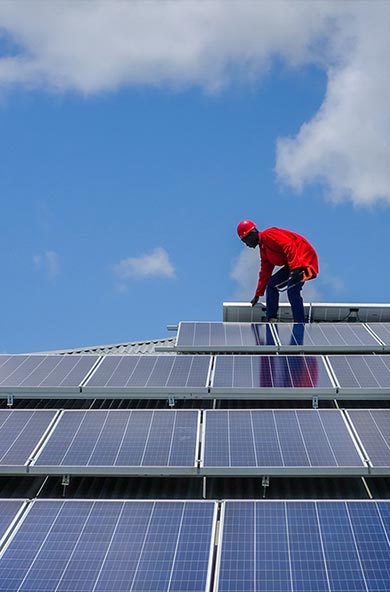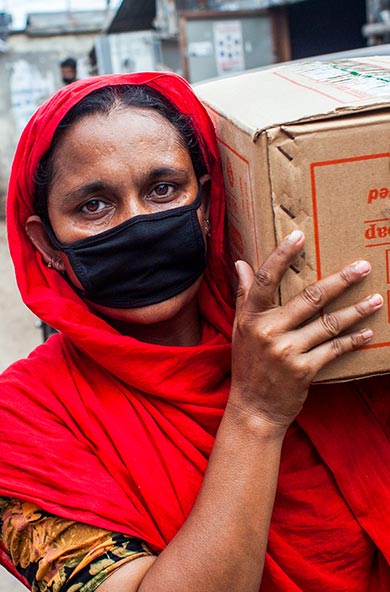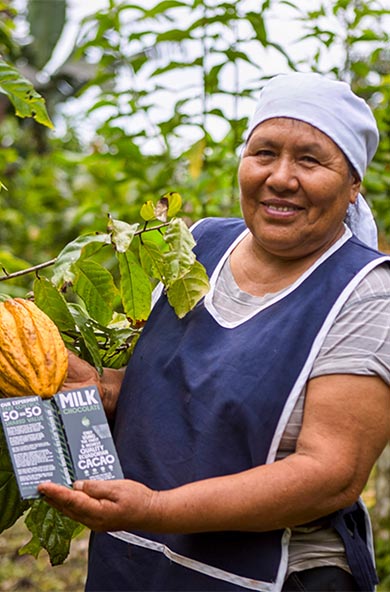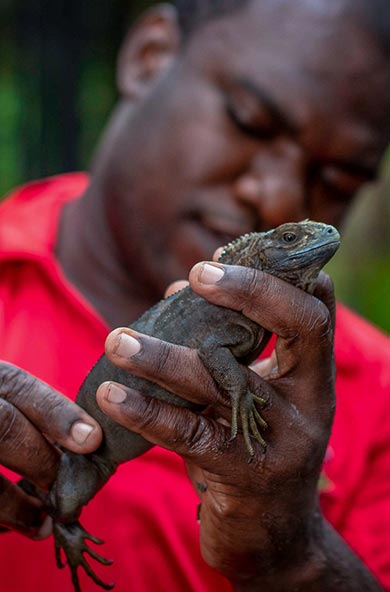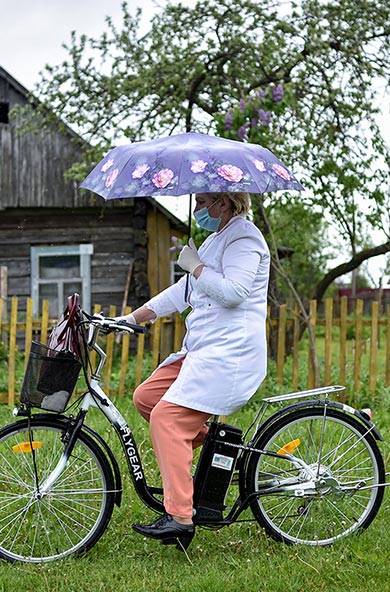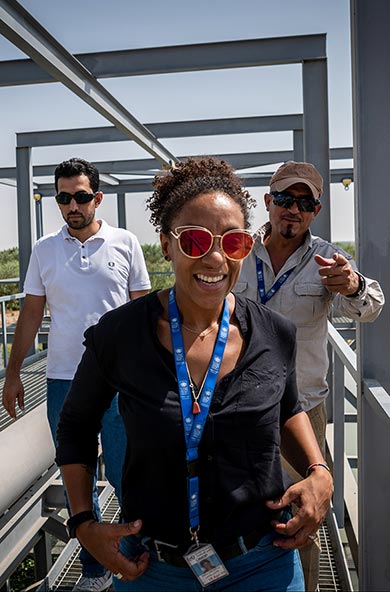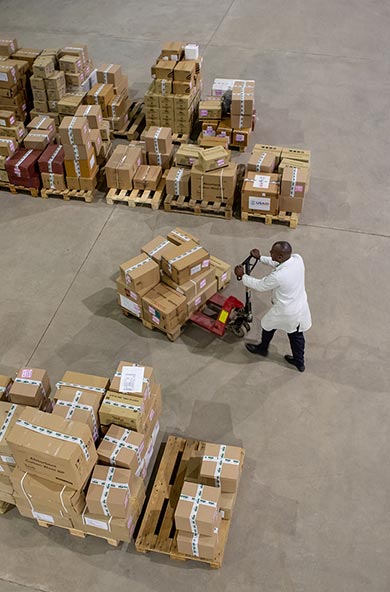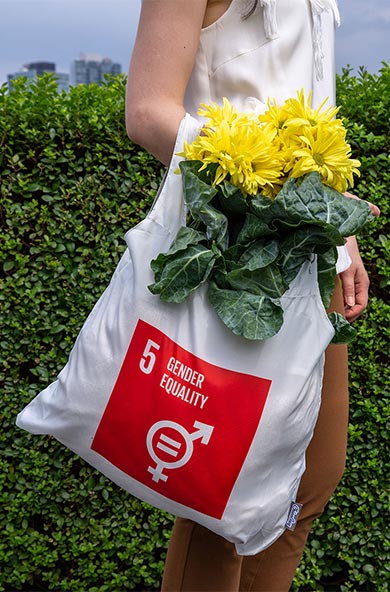The Pardee Center recently published a second report exploring the impact of conflict on development in Yemen. The work was supported financially and intellectually by the UNDP. Both reports were written by researchers at the Pardee Center, Taylor Hanna, Dave Bohl, Brendan Mapes, and Mickey Rafa.
The report uses a quantitative tool called International Futures to simulate two main scenarios, one where conflict in Yemen did not escalate starting in 2015 and another where it did. The researchers then projected these scenarios to 2030.
The findings are sobering.
We estimate that if the conflict continues, Yemen will have the greatest depth of poverty, lowest calories per capita, poorest Gender Development Index, and fastest growing income inequality of any country in the world.
This research shows that prior to the conflict Yemen was not on track to achieve any human development-related Sustainable Development Goals (SDGs). With conflict, however, the trajectory towards SDG achievement has been put in reverse. In fact, we estimate that, if conflict ended today, that human development in Yemen will be set back more than two decades.
Through the end of 2019 we estimate that over 100,000 people would be killed directly in fighting (a number that may be on the low side with updated data through ACLED). We also estimated that an additional 140,000 people would be killed indirectly, through lack of food, income, health services, and clean water.
And of these total deaths we estimate that most will be children.
The most striking finding from my perspective is that in 2019 the conflict is responsible for killing one child younger than five every 12 minutes.
This is the conflict attributable impact, meaning that we control for the level of development in Yemen prior to conflict. The conflict itself is responsible for one child’s death every 720 seconds. These deaths are mostly indirect; stemming from lack of basic resources and not fighting or bombing.
I have a child—now older than five, but I do remember those years well—who is waking up to their place in the world. Part of this involves them asking me about work. And part of this involves me telling them about this report and the impact that the conflict in Yemen is having on children.
It is a surreal and unjust position of privilege and power to write a report about a conflict half a world away, talk to my child about the suffering, and then go about my life. Suffering in this world is not evenly distributed. I struggle with the unfairness of this all the time.
When I presented this work recently, with UNDP Administrator Achim Steiner and Yemen’s Foreign Minister Mohammed Al Hadhamri among many other distinguished presenters and participants, I was struck by how limited the impact of this report might be.
We are fighting a war with reports.
But that response is cynical. These reports can change how we think. And the findings of the studies should help people more critically reflect about supporting a conflict that kills a child every 12 minutes. And that may stir us to action in a new way, even if that stirring starts small.
My child recently joined the Model UN Club at their middle school which includes students from 6th to 12th grade. One day after school, my child informed me that they spoke with the high school students running the club and asked that they discuss the war in Yemen.
This spark of action gave me hope. It felt like, while the youngest Yemenis continue to bear the brunt of the war, the youngest people in my life were taking the small actions that they could to spread awareness about this uneven distribution of suffering around the world. Fighting wars with reports requires that people learn, understand and act. And perhaps young people will point us all towards justice and hold us all accountable for tacitly and actively supporting a war that kills a child every 12 minutes.
I hope this stirs more understanding and action. #yemencantwait
@moyerjonathan
See here for a video of the launch, along with the first and second reports.

 Locations
Locations
